When we think of wild cats, images of majestic tigers, roaring lions, or stealthy leopards often come to mind. But the wild cat family is far more diverse, with over 40 species ranging from the mighty jaguar to the tiny rusty-spotted cat — the smallest wild cat in the world.
Each wild cat species, no matter its size, plays a critical role in its ecosystem. While big cats like lions control herbivore populations in the savannah, smaller cats like the African serval or the margay help manage rodents and birds. These natural roles keep ecosystems in balance, maintaining biodiversity and supporting healthy landscapes.
Unfortunately, small wild cats receive far less attention and funding compared to their larger cousins. Many of them, like the Andean cat or the fishing cat, are facing serious threats — habitat loss, illegal pet trade, and human-wildlife conflict. The sad reality is, some of these species may disappear before many people even learn they exist.
Conservation efforts must include all wild cats, not just the famous few. Organizations like Zoo-EV are working to raise awareness, support field research, and push for legal protections for lesser-known species. By telling their stories, we create empathy and action.
Every wild cat matters. Saving them isn’t just about protecting animals — it’s about preserving ecosystems, supporting biodiversity, and ensuring a healthy planet for future generations.


